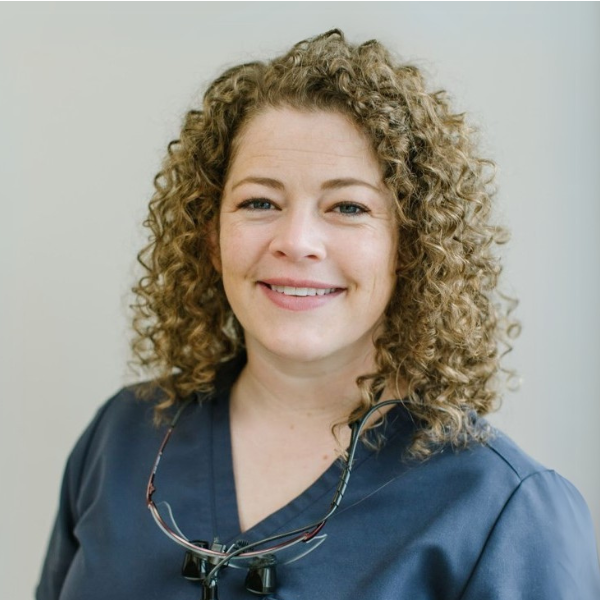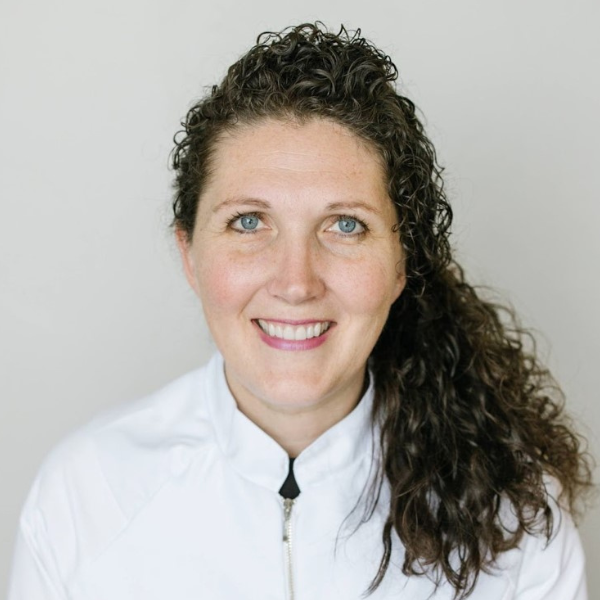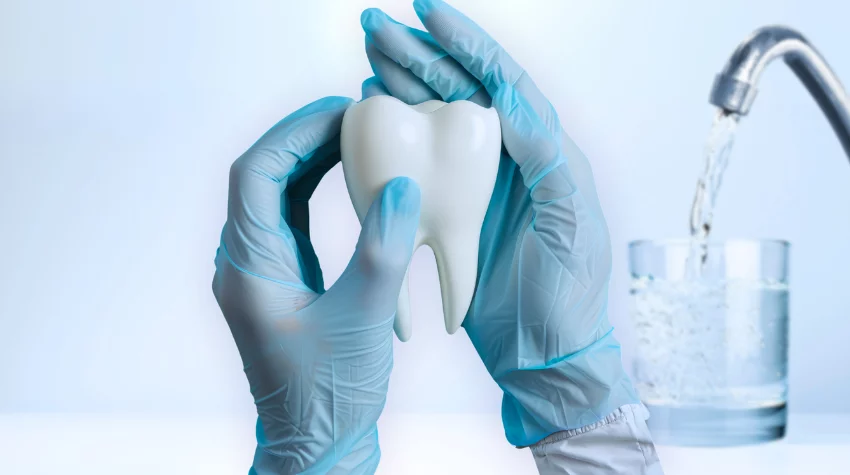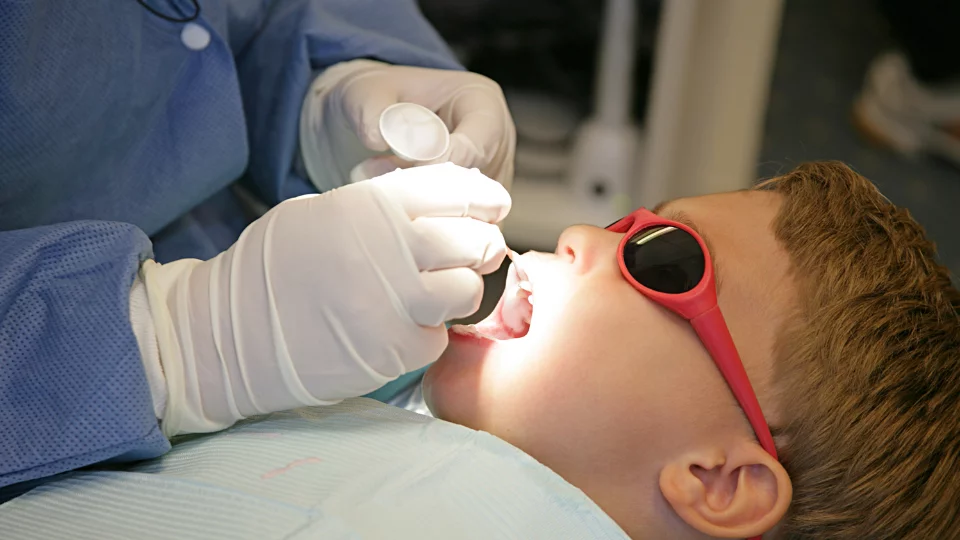by Jessica Atkinson, MEd, BSDH, RDH, FADHA and Shelley Brown, MEd, BSDH, RDH, FADHA
May 1, 2025
House Bill 81 (HB 81), recently passed by the Utah Legislature, may set a concerning national precedent by discontinuing community water fluoridation statewide. Spearheaded by Rep. Stephanie Gricius, R-Eagle Mountain, the bill argues for personal choice in fluoride consumption and empowers pharmacists to prescribe fluoride supplements as an alternative. However, this change removes what has long been considered a cornerstone of public oral health strategy—fluoridated community water.
Currently, only Salt Lake and Davis counties, along with Brigham City, fluoridate their water supplies. Despite that limited geographic footprint, the new legislation will impact over 52% of Utah’s population. Critics argue the bill undermines decades of public health policy and silences the decisions of local governments and voters who have opted for fluoridation in their communities.1
Fluoride in public water systems has been praised as one of the most cost-effective, equitable, and efficient ways to reduce dental decay. In fact, the Centers for Disease Control and Prevention (CDC) recognized water fluoridation as one of the 10 greatest public health achievements of the 20th century.2 The passage of HB 81, which overrides local authority and halts all existing fluoridation programs, makes Utah the first state to ban the practice entirely—a move that contradicts recommendations from most major health organizations.
Salt Lake County, one of the few regions in Utah with fluoridated water, has a significantly lower dental decay rate—about 34% less—than neighboring Utah County, where water is not fluoridated.1 Yet, Brigham City Mayor DJ Bott voiced concerns over the cost, stating the city spends around $100,000 annually on fluoridation, much of which is not ingested but ends up in showers or lawns. He also noted that his constituents are divided on the issue.
Supporters of HB 81 see it as a matter of choice and cost-efficiency. It begs to question if those same supporters would vote to remove folic acid or iodine from our food sources? Other safe additives that help prevent anemia, spina bifida and goiters. The safe fortification of our food and safe fluoridation of our water benefits the public as a whole.3 Yet, as concerned oral health professionals in the state of Utah—where community fluoridation has disappeared—we must shift our approach from a public perspective to greater personal effort. Hygienists must reevaluate how they provide care, especially for children and other high-risk populations. With over one-third of the U.S. population already living in non-fluoridated areas, this guidance has national relevance.4
Jessica and Shelley both live in communities without fluoridated water, so preventive care has always been critical. Dental professionals must begin with a thorough Caries Risk Assessment. This helps identify patients’ risk levels for caries and allows clinicians to tailor prevention strategies accordingly. For example, those at high risk should consider using povidone-iodine 10% treatment once per month, which has shown effectiveness against Streptococcus mutans, a primary bacterium in dental caries development. Moderate-risk individuals can use it every other month, while low-risk patients do not need it at all.
Probiotics and xylitol gum or mints after meals also help create a healthier oral microbiome. Xylitol, in particular, has been well-documented to reduce decay-causing bacteria and should be used regularly after meals and snacks for best results.
Another promising preventive strategy includes the annual application of silver fluorides combined with sodium fluoride varnish. This treatment provides a durable antimicrobial shield, especially valuable in high-risk areas where children and older adults may face barriers to accessing regular care. Now medical providers can even place fluoride varnish and recently have a code for silver fluoride placement. We should seek to work interprofessionally to train medical providers on proper placement. We need all hands on deck!
Pediatric patients should follow the CDC’s fluoride supplement dosage table if living in a non-fluoridated area. According to the CDC, fluoride supplementation should begin as early as six months of age, depending on the child’s risk level and local water fluoride content. Supplements can include drops, tablets, or lozenges, and should only be prescribed based on how much fluoride is still in the water.
In tandem with these measures, dental professionals must also take on a larger educational role—helping patients understand the importance and safety of fluoride in addition to teaching proper oral hygiene. With HB 81’s passage, oral health education becomes not just a recommendation, but a necessity. Let us all increase our personal efforts in protecting teeth where fluoride no longer can.
____________________________________
References
¹Davidson, Lee. “Should Fluoride Be Removed from Utah’s Water?” The Salt Lake Tribune, January 30, 2025. https://www.sltrib.com/news/politics/2025/01/30/should-flouride-be-removed-utah/.
2Centers for Disease Control and Prevention. “Recommendations for Using Fluoride to Prevent and Control Dental Caries in the United States.” MMWR Recommendations and Reports 50, no. RR14 (2001): 1–42. https://www.cdc.gov/mmwr/preview/mmwrhtml/rr5014a1.htm.
3“Why Do We Have Fluoride in Our Water?” Medical News Today, March 19, 2009, https://www.medicalnewstoday.com/articles/154164.
4Centers for Disease Control and Prevention. “Caring for Your Mouth When You Live in an Area Without Fluoridated Water,” 2022. https://www.cdc.gov/oral-health/prevention/caring-for-your-mouth-when-you-live-in-an-area-without-fluoridated-water.html.
____________________________________
 Jessica Atkinson, MEd, BSDH, RDH, FADHA is the CEO of HYGIENE edgeUCATORS and a passionate dental hygiene educator at Utah Tech University with a mission to elevate the learning experience for future clinicians. With a background in academia and curriculum development, she brings innovation and energy to every educational opportunity. Jessica is dedicated to connecting educators and clinicians with resources that inspire excellence in patient care.
Jessica Atkinson, MEd, BSDH, RDH, FADHA is the CEO of HYGIENE edgeUCATORS and a passionate dental hygiene educator at Utah Tech University with a mission to elevate the learning experience for future clinicians. With a background in academia and curriculum development, she brings innovation and energy to every educational opportunity. Jessica is dedicated to connecting educators and clinicians with resources that inspire excellence in patient care.
 Shelley Brown, MEd, BSDH, RDH, FADHA is the COO of HYGIENE edgeUCATORS and a dynamic force in both public health and patient education. She is the creator behind Shelley.Dental on YouTube and TikTok, where she shares engaging, accessible content to empower patients with oral health knowledge. Shelley also leads Homebound Smiles, LLC, a portable dental hygiene program that brings compassionate care directly to underserved and homebound communities. She is a 2025 ADHA Standout Seven Award Winner. She is adjunct faculty at the Utah College of Dental Hygiene.
Shelley Brown, MEd, BSDH, RDH, FADHA is the COO of HYGIENE edgeUCATORS and a dynamic force in both public health and patient education. She is the creator behind Shelley.Dental on YouTube and TikTok, where she shares engaging, accessible content to empower patients with oral health knowledge. Shelley also leads Homebound Smiles, LLC, a portable dental hygiene program that brings compassionate care directly to underserved and homebound communities. She is a 2025 ADHA Standout Seven Award Winner. She is adjunct faculty at the Utah College of Dental Hygiene.



